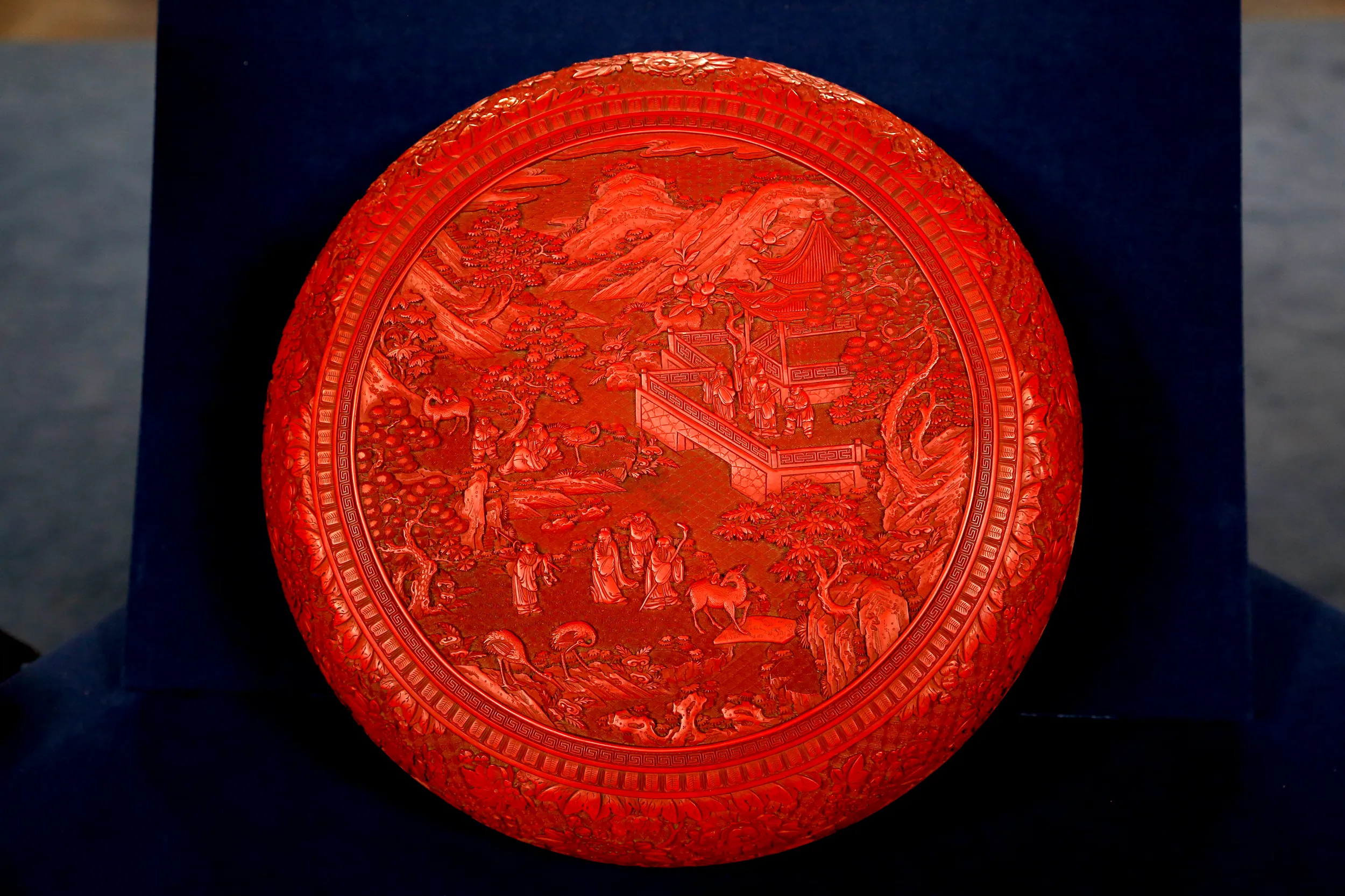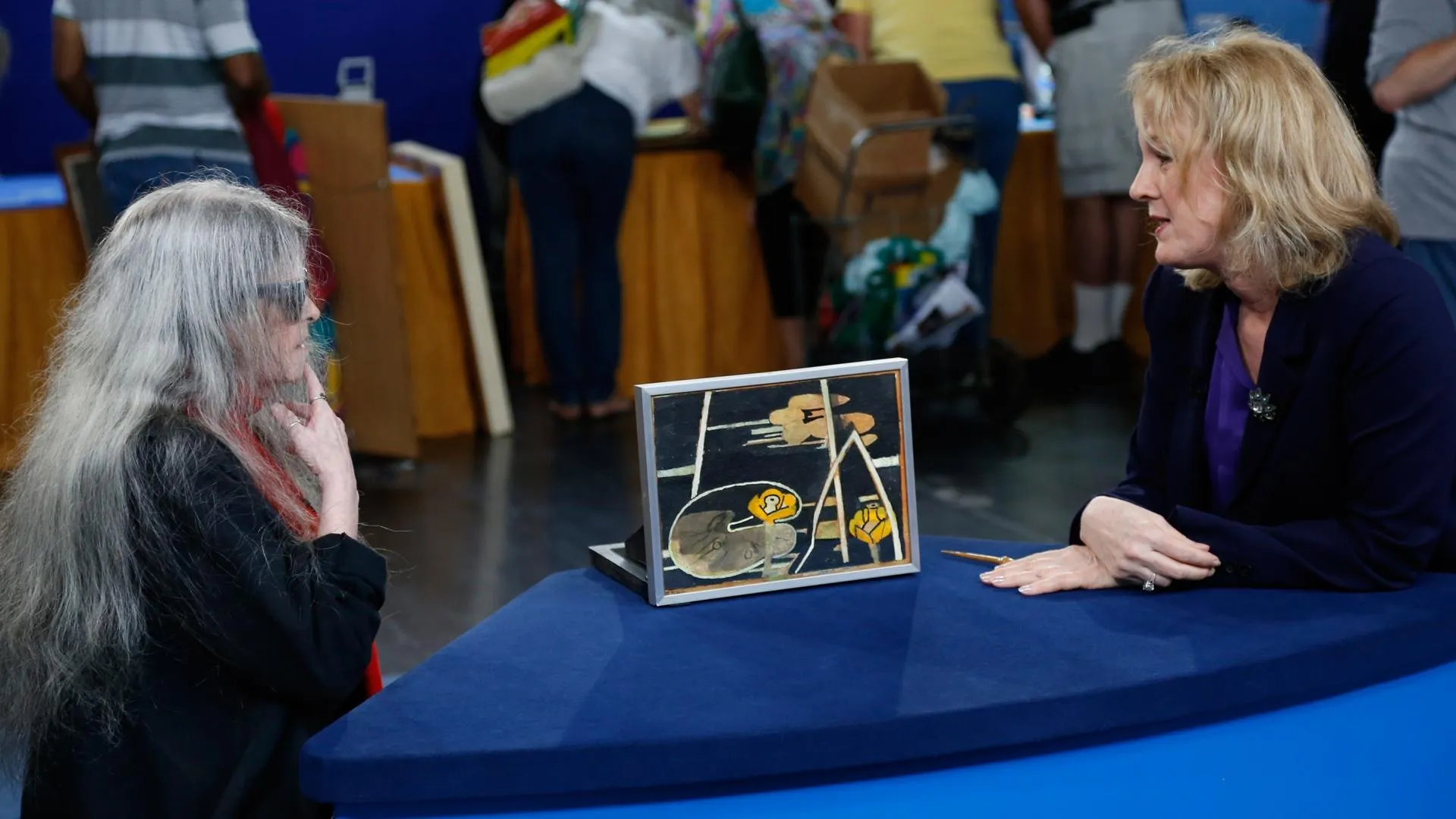GUEST: My grandmother bought it and gave it to my mother sometime in the 1950s. And I know it's a cinnabar box. I don't know the age, but I do know I've not seen one as elaborate when I went to the L.A. County Museum.
APPRAISER: Often, people overlook the function of objects.
GUEST: Right.
In earlier times, and even today, we wrap presents in beautiful wrapping cloths. Or beautiful paper that we purchase. Well, from an earlier period of time, wonderful gifts were also presented in very attractive containers.
GUEST: Okay.
APPRAISER: And one of those kinds of containers was what we see here, this cinnabar lacquer box. And we refer to it as cinnabar, it's really, cinnabar is a coloring agent. It produces the color red. Because lacquer ordinarily is kind of this caramel-colored, brown-colored substance. Now, lacquer is built up over many, many layers. Slowly applied-- each one takes several days to dry under conditions of extreme heat and humidity.
GUEST: Okay.
APPRAISER: And as you build them up, applying one layer after another layer, at a certain time you end up with enough layers that you can then sketch a pattern and cut down through that pattern into a design. And that's how this was created. We have to keep in mind that this was literally something that was meant to convey a gift. So, as an object, we're admiring it as the box.
GUEST: Right.
APPRAISER: And the gift has been long ago given away. So, when we look at this, what we'll notice is, there are a number of small figures and they're accompanied by these very placid animals. This is not just any ordinary deer, this is what's called a spotted deer. So it's a very auspicious animal in Chinese mythology. And also here we have pairs of crane, which are known for longevity. And if we look further up in the landscape, we have other deer in amidst these figures, who are actually immortals. Those are kind of heavenly beings. And we see that there is this beautiful kind of landscape that takes place with this pavilion, and distant mountains, and it's meant to be an idealized vision of the perfect world. A harmony of nature and man coming together. The blossoming flowers around the edge, which incorporate peony and lotus-- all of those are happy signs. And based upon the quality of the workmanship, the size, all this, I think, is consistent with a late 18th century date.
GUEST: Okay.
APPRAISER: Made in China. It's a terrific example. I think a conservative estimate would be in the range of $40,000 to $60,000 at auction.
GUEST: $40,000? Oh. That is... amazing, very much so. I had no idea.












